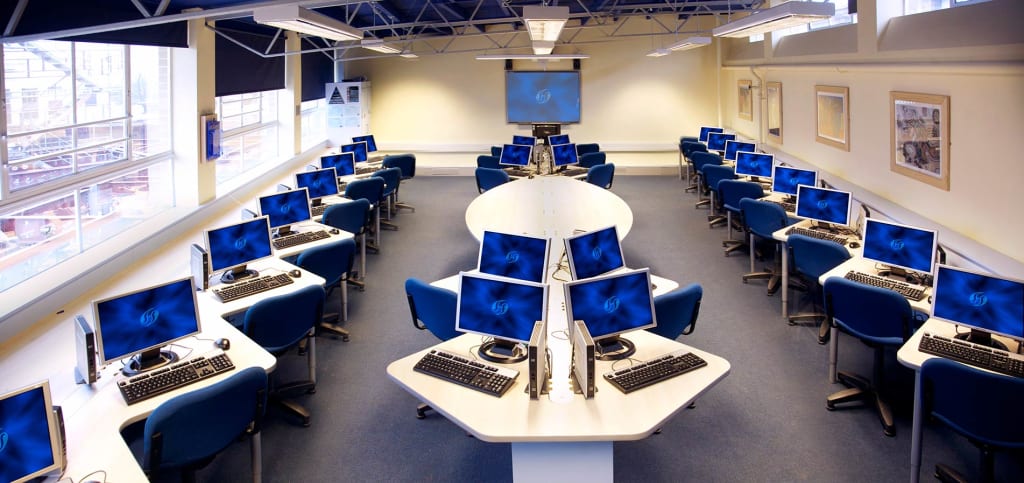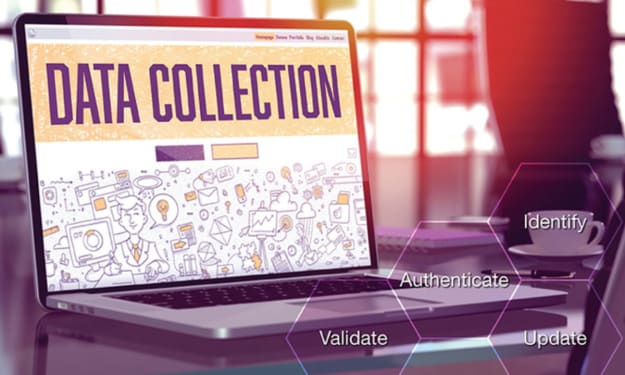Education 2.0
Exploring the Power and Potential of Technology in Modern Learning

Technology has become an integral part of modern education, and it has transformed the way we learn and teach. From online learning platforms to interactive classrooms, technology has changed the face of education in numerous ways. In this article, we will explore the role of technology in modern education and the impact it has on students and educators.
Online Learning Platforms
Online learning platforms have revolutionized the way we access education. They offer flexible learning schedules, allowing students to learn at their own pace and on their own time. Online learning platforms also provide access to a vast range of resources, including video lectures, e-books, and online assignments.
With the rise of online learning platforms, students can now take courses from some of the world's top universities without ever leaving their homes. This has opened up opportunities for students who may not have been able to access higher education otherwise.
Interactive Classrooms
Technology has also transformed the traditional classroom into an interactive and engaging space. Interactive whiteboards and other educational technologies have made it possible for educators to create dynamic and immersive learning experiences for their students.
For example, virtual reality can be used to take students on a virtual field trip to a historical site, a science lab, or even another country. This technology enables students to learn in a more engaging and interactive way than traditional classroom lectures.
Personalized Learning
One of the significant advantages of technology in education is the ability to personalize learning. With adaptive learning technology, students can receive customized instruction based on their individual needs and learning style. Adaptive learning technology uses algorithms to analyze a student's performance and then adjusts the learning experience to meet their unique needs.
This personalized approach to learning ensures that each student receives the support they need to succeed. It also enables educators to focus on individual student needs and offer personalized feedback.
Increased Access to Education
Technology has also increased access to education for students who may not have had access before. For example, students who live in remote or underserved areas can access educational resources through online learning platforms.
Additionally, students who have physical disabilities or health issues that prevent them from attending traditional schools can benefit from online learning platforms that offer flexible learning options.
Challenges and Considerations
While the benefits of technology in education are numerous, there are also challenges and considerations that need to be addressed. One of the most significant challenges is the digital divide, which refers to the gap between those who have access to technology and those who do not.
It is essential to ensure that all students have access to technology and that schools and educational institutions provide adequate resources to support their use. Additionally, it is crucial to ensure that technology is used in an ethical and responsible manner, and that it does not replace the human element of education.
Another challenge is the need for educators to receive adequate training on how to use technology effectively in the classroom. Without proper training, technology may not be used to its full potential and may even be a hindrance to learning.
Conclusion
Technology has transformed the way we learn and teach in modern education. From online learning platforms to interactive classrooms, technology has opened up new opportunities for students and educators alike. The personalized learning approach, increased access to education, and flexible learning options are just a few of the many benefits technology has brought to modern education.
However, it is important to address the challenges and considerations that come with the use of technology in education. The digital divide, the need for ethical and responsible use of technology, and the need for adequate training for educators are just a few of the challenges that need to be addressed.
As technology continues to evolve, it is essential that we continue to explore new ways to integrate it into education while also considering the human element of education. By doing so, we can ensure that technology is used to its full potential to support student learning and success.
About the Creator
On stop Tech-News
On stop Tech-News is a tech enthusiast and writer who provides expert analysis and insights to stay up-to-date in the fast-paced world of tech.






Comments
There are no comments for this story
Be the first to respond and start the conversation.